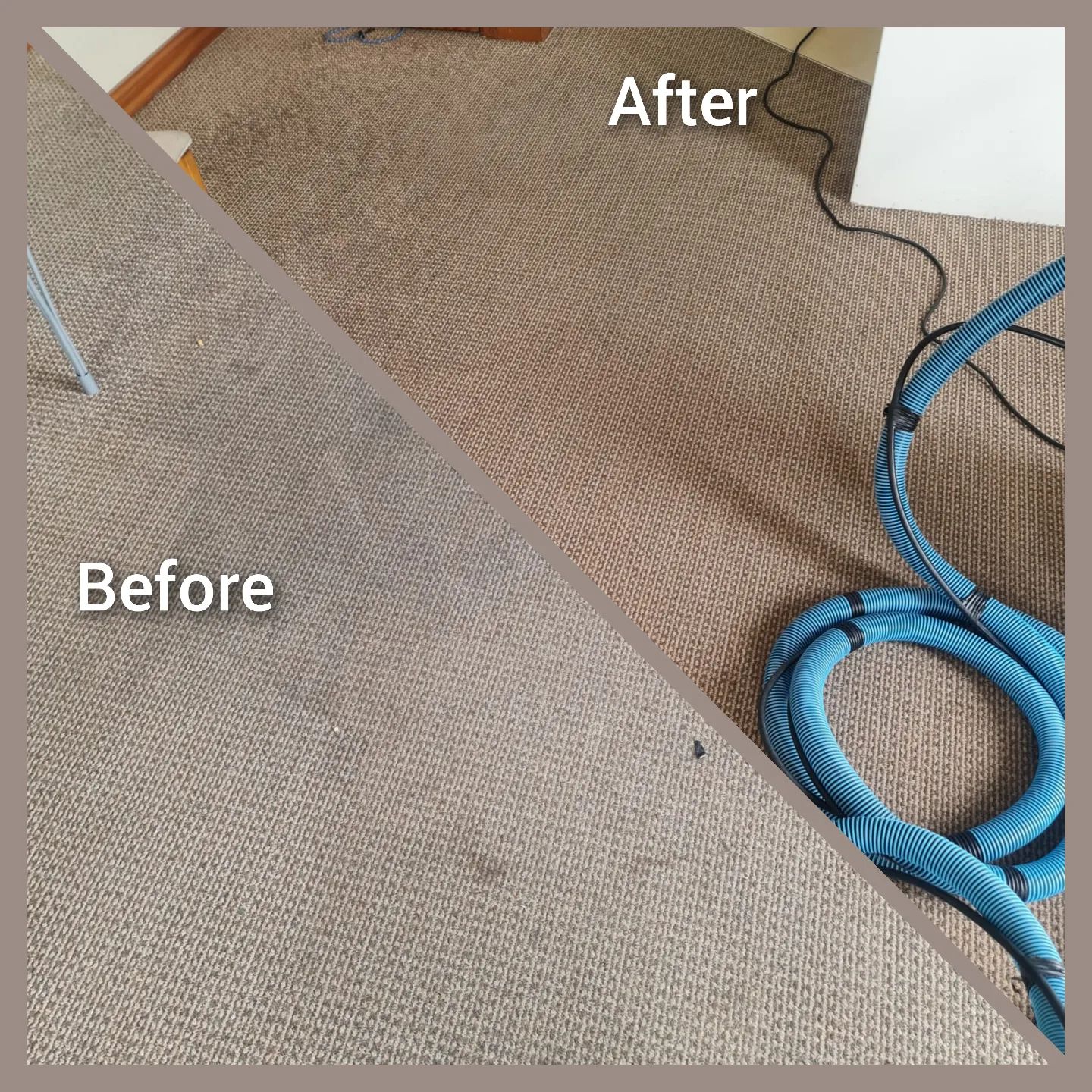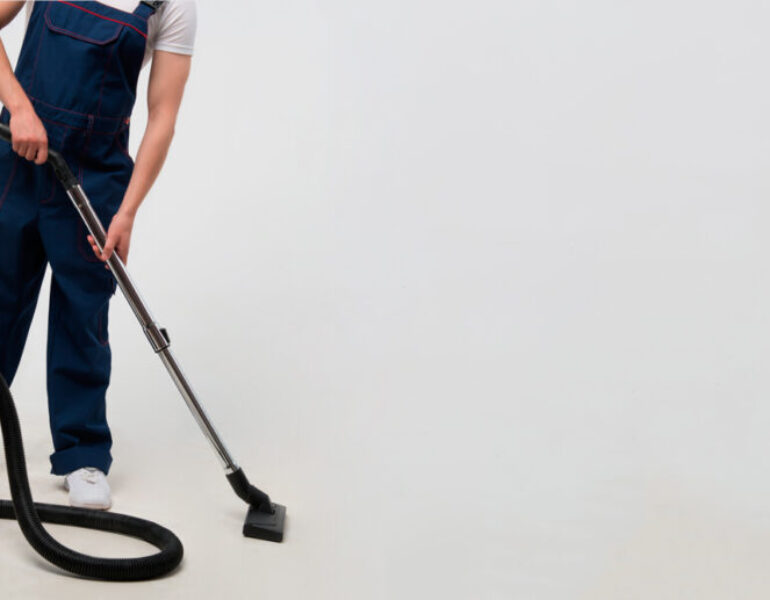Maintaining a clean home goes beyond the surface, and one of the most critical aspects often overlooked is carpet cleanliness. Carpets can harbor dirt, dust, allergens, and bacteria, which can negatively impact the health and appearance of your home. Here’s why professional carpet cleaning is essential for your home:
Healthier Living Environment
Carpets can trap dust, pollen, pet dander, and other allergens that can affect indoor air quality and exacerbate allergies or respiratory issues. Professional carpet cleaning removes these contaminants, promoting a healthier living environment for you and your family.
Improved Carpet Lifespan
Regular professional cleaning can extend the life of your carpets. Dirt and debris act like sandpaper, wearing down carpet fibers over time. By removing these particles, professional cleaning helps maintain the integrity and appearance of your carpet, ensuring it lasts longer.
Enhanced Appearance
Over time, carpets can become dull and discolored due to the accumulation of dirt and stains. Professional carpet cleaning services use advanced techniques and equipment to restore the carpet’s original color and texture, giving your home a refreshed look.

Stain Removal
Stubborn stains from spills, pets, or foot traffic can be difficult to remove with regular cleaning. Professional carpet cleaners have the expertise and specialized products to effectively remove tough stains, leaving your carpets looking spotless.
Elimination of Odors
Carpets can absorb odors from pets, spills, and daily use, which can linger and affect the overall scent of your home. Professional cleaning eliminates these odors at their source, leaving your carpets smelling fresh and clean.
Efficient and Time-Saving
Cleaning carpets thoroughly requires time, effort, and the right equipment. Professional carpet cleaners can complete the job efficiently, saving you time and ensuring a deep clean that you might not achieve with DIY methods.
Safe and Eco-Friendly Cleaning Solutions
Reputable carpet cleaning companies, like Sandyford Carpet Cleaning, use certified, ecologically friendly, and safe cleaning solutions. This ensures that your carpets are not only clean but also free from harmful chemicals that could affect your family’s health.
Expertise and Experience
With over 25 years of experience, professional carpet cleaning companies have the knowledge and expertise to handle various types of carpets and cleaning challenges. Their trained staff can provide tailored solutions to meet your specific cleaning needs.
Comprehensive Services
Professional carpet cleaners offer a range of services, including mattress cleaning, rug cleaning, and upholstery cleaning. This comprehensive approach ensures that all areas of your home are clean and healthy.
Peace of Mind
Knowing that your carpets are professionally cleaned gives you peace of mind. You can trust that the job is done correctly, contributing to a cleaner and healthier home environment.
About Sandyford Carpet Cleaning
When you choose Sandyford Carpet Cleaning Company, you get a deeper clean, faster-drying carpets, and a healthier home for you and your family. Trusted by thousands of households, Sandyford Carpet Cleaning has become a renowned name in carpet cleaning, providing services in over 20 countries to more than 2,000 happy customers. Our team of over 160 professionals uses the latest technology to ensure customer satisfaction. If you’re looking for reliable and effective carpet cleaning services, feel free to contact us at +353 894 888 589.
Contact us today
Transform your home with our expert cleaning services. Whether it’s carpet cleaning, mattress cleaning, or home cleaning, we’re here to help. Visit our website or call us to learn more about our services and packages.
Investing in professional carpet cleaning is not just about keeping your carpets looking good; it’s about ensuring a healthy and inviting home for you and your loved ones. Don’t wait—experience the benefits of professional carpet cleaning today!











